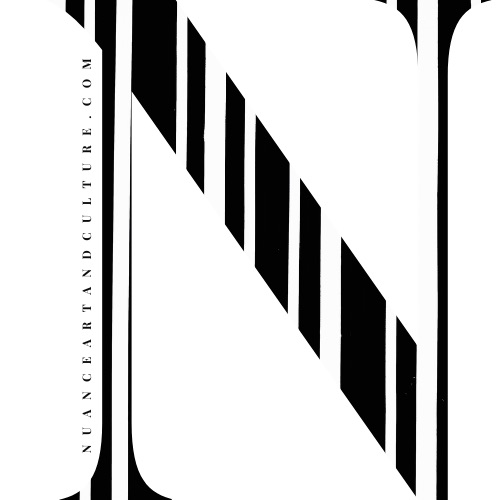My Mother

Medium: Ink-Wash on Rice Paper
Dimensions: 300 cm x 300 cm
Year: 2010
Piece Description:

The ‘mother’ is a main figure in our life. Aside from being what Carl Jung writes of as an ‘archetype,’ she is a main living influence upon our body, mind, soul, and spirit. Our mother is the first being with whom we come into contact, and the first space within which we reside. Our earliest affective geography was mapped along the inside of our mother’s belly, and the physiological make up of our moods derived from the foods she ate and beverages she consumed. In the womb our mother’s emotions exposed us to either dopamine or cortisol, and once we were outside of her body as a small child, her emotional behaviors taught us how to respond to danger and pleasure. Many of us will never rewire beyond these initial physiological, emotional, and behavioral impulses. We may not understand what we feel, why we feel this way, or even if we wanted to feel differently, how to do it.
In this artwork, Dai Guangyu is not so much contemplating the role of mother in our lives, as he is dwelling nostalgically, honoring the memory of his mother. We read in the essay he has recently written on this artwork about the conditions in which this memory of his mother arose. In this 2023 essay, “Revisiting ‘My Mother’”《再谈<我的母亲>》, the artist approaches his artwork from a cultural geographical point of view, speaking of the situational elements out of which his painting arose, elements which are specific to this region of Sichuan, China, where as a young boy, he grew into a man.
The artist, however, has performed an additional function upon this memory, that of fragmentation and reassembling. This act of violence, of cutting a whole into many small pieces, speaks to how our memories, once whole, can become fragmented before we reassemble them, or before they are reassembled for us. Reassembling can be seen as a mode of re-cognition, that is, as a mode of understanding something in new ways. Gilles Deleuze and Felix Guattari, in their philosophical masterpiece, A Thousand Plateaus, write of ‘de-territorialization’ and ‘re-territorialization.’ These methods of re-cognizing our world can be performed against our physiological, emotional, and behavioral impulses. We can pull apart our cognition, and ‘re-cognize,’ re-think, or re-wire our own identity. One of the easiest ways of doing this is to move far away from the land you grew up in. Dai Guangyu did this in 2004, relocating to Beijing, before moving even further afield, to Germany. He has since returned to Sichuan, residing on Mt. Qingcheng.
——Dr. Sophia Kidd

Undoubtedly, this work is more monumental than the type of portrait that merely ‘takes a picture.’ It has more to do with ‘my’ time, and I prefer to name it a ‘monumental’ type of portrait. I would prefer to name it ‘monumental,’ because it contains all my experiences with art, such as inscriptions, epigraphs, choice examples of calligraphy, jinshi 金石 [gold stones], and literati paintings. Therefore, I prefer to compare it to a poetic literati’s Gongben宫本 [palace book]. Or rather, it is clearly a poem.”
——Excerpt from Dai Guangyu 2023 “Revisiting ‘My Mother’”
